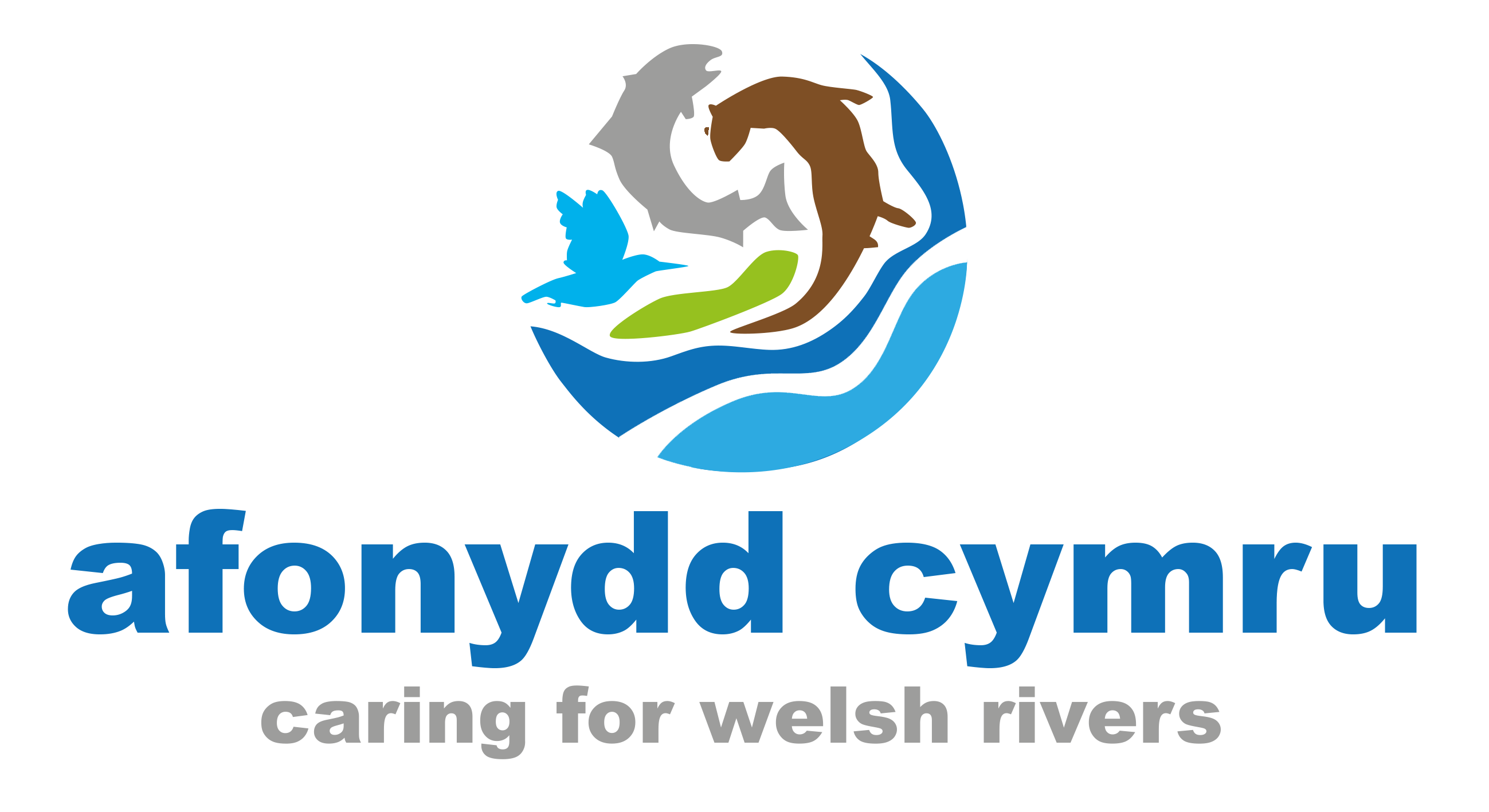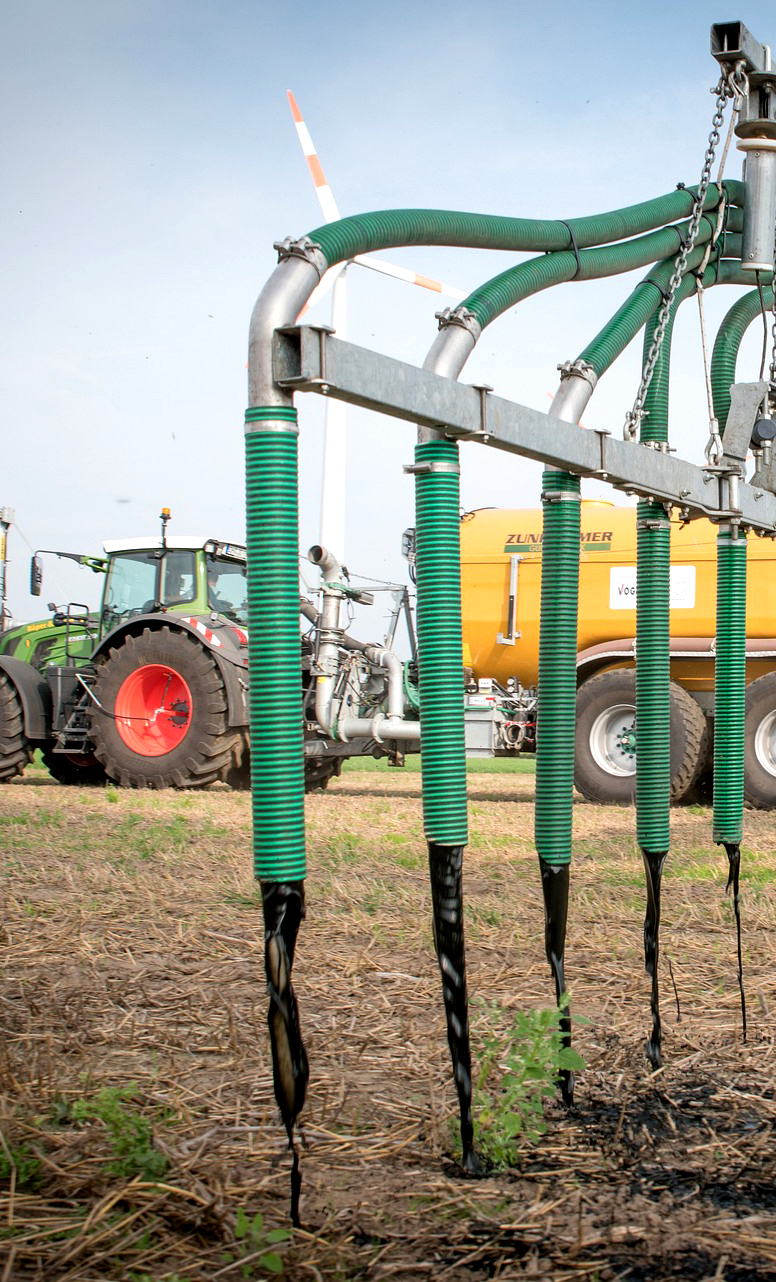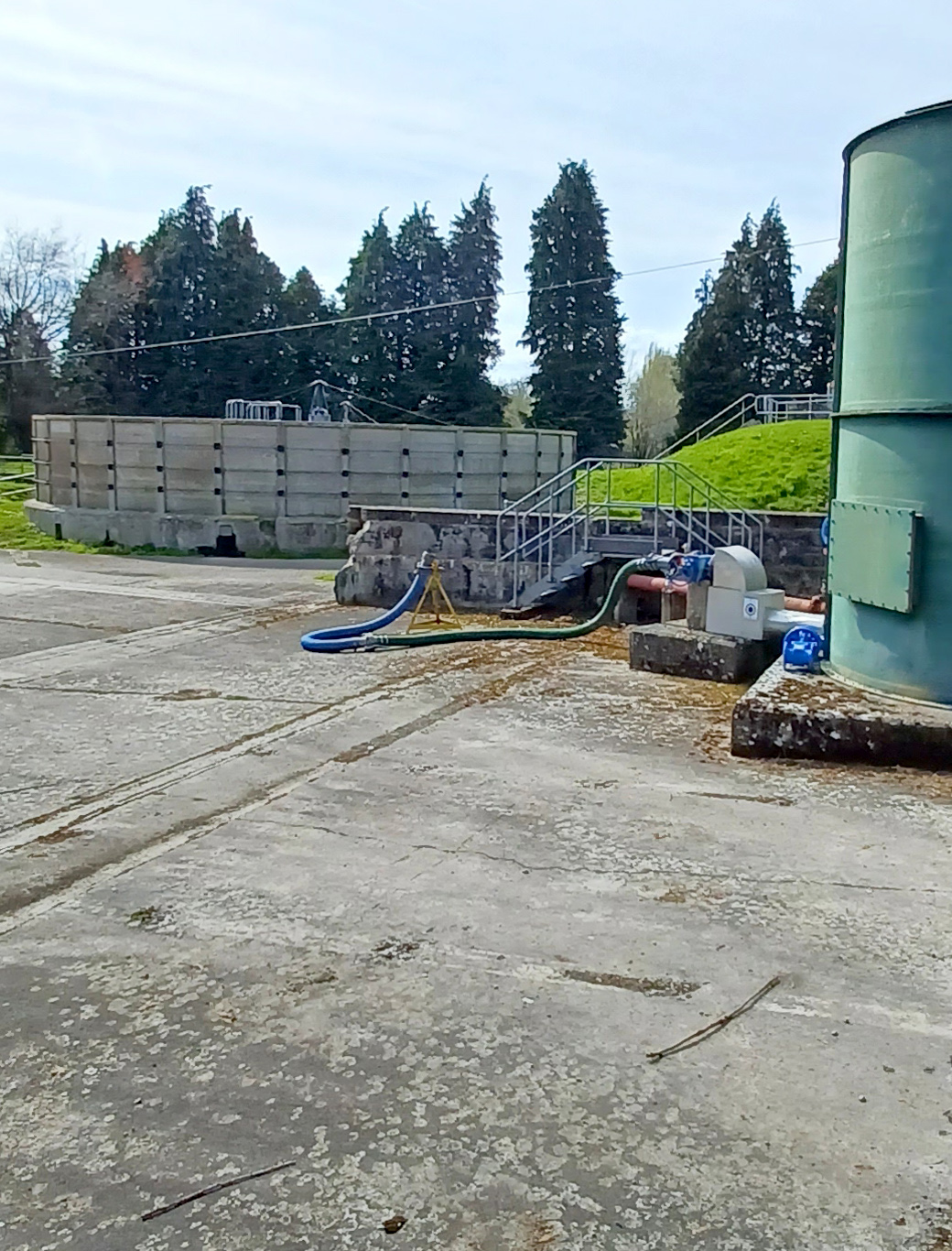Unsurprisingly, SAGIS analysis shows that agriculture accounts for 84% of the phosphorus entering the Eastern Cleddau and 65% for the Western Cleddau.
Encouragingly, Dwr Cymru Welsh Water appear to be willing to meet the First Minister’s request for every sector to take responsibility for their part in the phosphorus issue.Â
Tuesday 14th February, 2023
In July last year Dŵr Cymru Welsh Water published reports on the relative contributions from sources of phosphorus inputs into four Special Area of Conservation (SAC)-designated Welsh rivers ““ the Dee, Teifi, Usk and Wye.
Using a tool called SAGIS (Source Apportionment GIS system), the analysis was carried out in conjunction with Natural Resources Wales, who verify the results.
This week, the results for the Eastern and Western Cleddau were published. Perhaps unsurprisingly, they show that agricultural sources are the dominant contributor for both rivers.
According to SAGIS, rural land use is contributing 84% of the daily load of phosphorus for the Eastern Cleddau and 65% for the Western Cleddau. Meanwhile, sewage treatment works are contributing 11% and 22% respectively. Similar to many of the more rural rivers in Wales, Combined Storm Overflows (CSOs) contribute relatively little to the phosphorus loads: 2% and 5% respectively.
Dŵr Cymru have also published the full data on 216 individual waterbodies within the five SAC rivers. For each of these, the contribution from the water company’s wastewater treatment works, intermittent/sewer overflows, rural land management and other sectors can be clearly seen.
At the Phosphorus Summit last summer, First Minister Mark Drakeford called for all sectors to face up to and resolve their contribution to excessive nutrients in rivers. Encouragingly, Dŵr Cymru appear to be showing a willingness to do so. Alongside the apportionment data, they have also published details of where they will reduce their own contributions over the next two AMP periods, subject to Ofwat approval this year. This includes:
- A commitment for tighter phosphorus limits at 159 of its 233 wastewater treatment plants on the 5 failing SAC rivers
- A removal of 98.3 kg of phosphorus per year from works’ discharges
- A commitment to remove their contribution to the phosphorus issue by 2032
While we have concerns over the length of time this will take, the scale of the effort committed by Dŵr Cymru needs to be acknowledged. They have declared spending of £100 million on improving river water quality, £60m of which will be for removing phosphorus from wastewater treatment works on SAC rivers such as the Usk (Brecon and Llanfoist), Teifi (Lampeter and Llanbydder), Cleddau (Wolfscastle and Letterston), Corwen (Dee) and Monmouth (Wye). The water company now needs to prioritise works that are causing greatest ecological damage and to accelerate their programme of action.
Dŵr Cymru have also published details on how they will implement “nature-based solutions” to help reduce their impact on these SAC rivers. These include wetlands downstream of wastewater treatment works, which give a tertiary treatment to effluent. The details provide clarity in the process of implementing this type of solution, which is in addition to work that meets the water company’s “fair share” requirements.
Afonydd Cymru welcomes this approach and the commitment by Welsh Water. It is a good step forward to resolving the excessive nutrient issues in our rivers. However, other sectors must also accept their part in the problem, particularly agriculture, by far the dominant contributor to phosphorus failure in Wales.
Now that inputs by sector have been published for each waterbody, the newly formed Nutrient Management Boards in Wales can start considering actions to drive forward each sector. Timely, effective and efficient solutions to excessive nutrients in rivers will only be possible if there is some certainty over where the work needs to be targeted.
More Information:
Understanding the sources of phosphorus in our rivers – Dwr Cymru Welsh Water
Scroll to the bottom of their webpage for source apportionment details and data for separate waterbodies.


